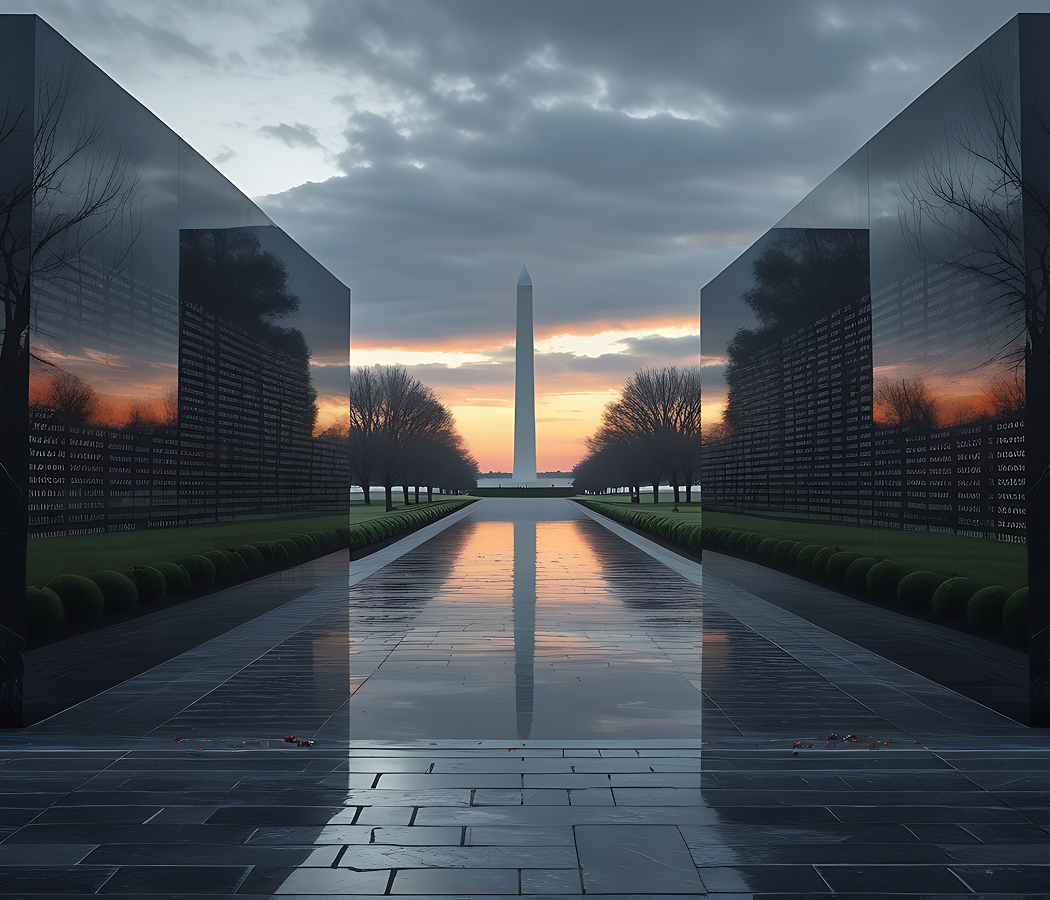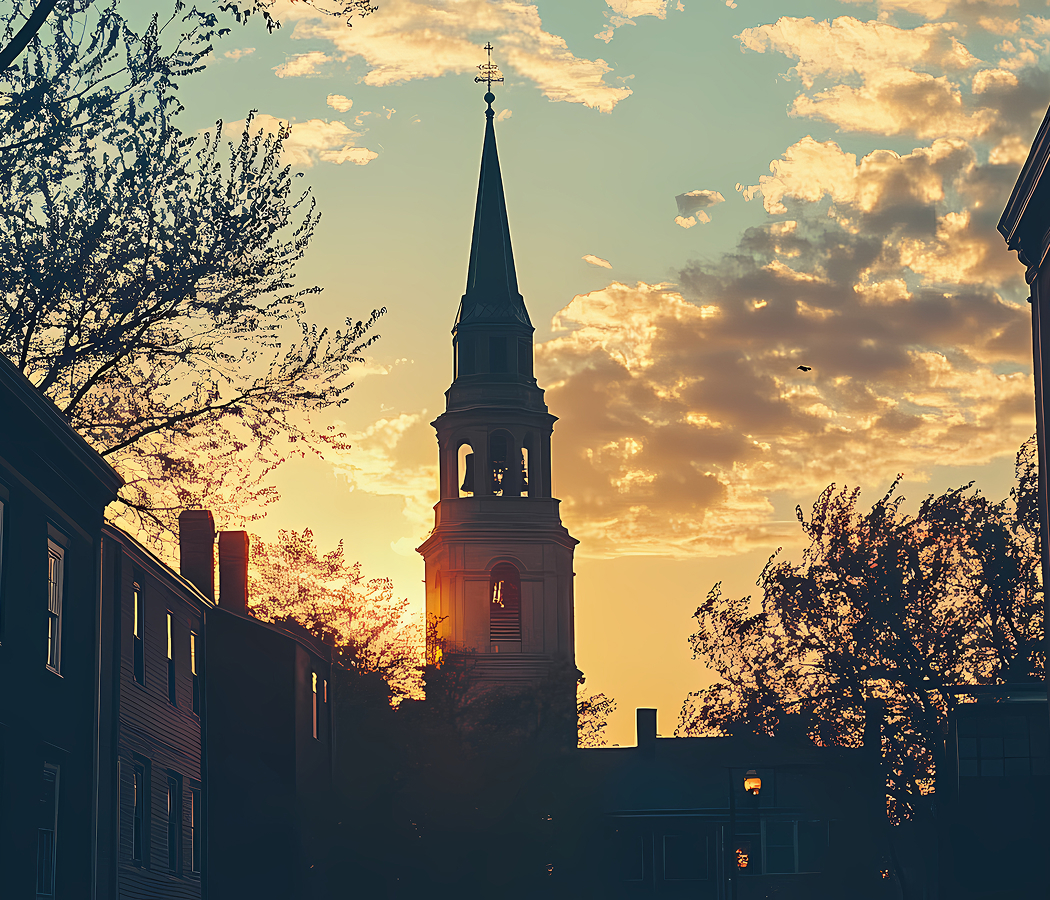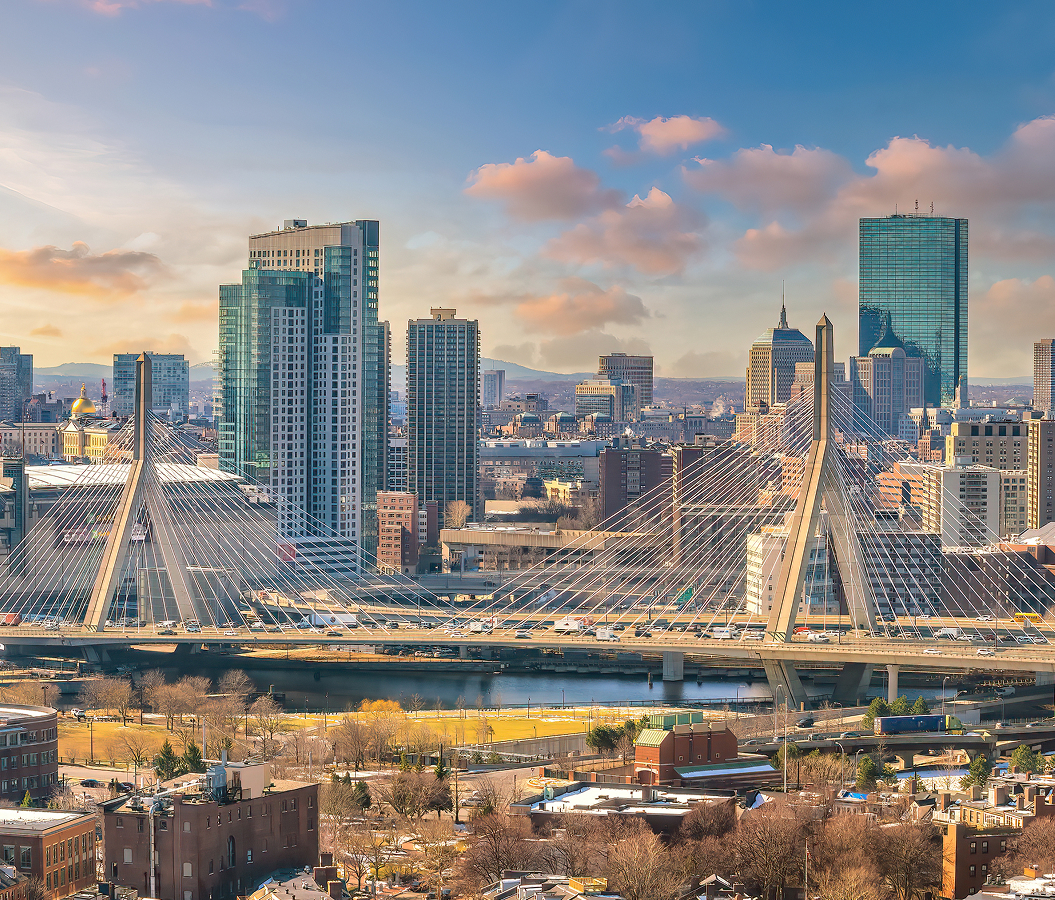
Why you should experience the United States Capitol in Washington, D.C.
The United States Capitol isn’t just the seat of American government, it’s the architectural and symbolic heart of the nation, where ideals cast in ink were given form in marble and stone.
Perched atop Capitol Hill, this neoclassical masterpiece has stood as a beacon of democracy since 1800, its majestic white dome rising like a promise above the National Mall. Designed initially by Dr. William Thornton and later shaped by architects including Benjamin Latrobe, Charles Bulfinch, and Thomas U. Walter, the Capitol evolved alongside the country itself, a living monument to the American experiment. Its grand façade, modeled after ancient Roman temples, reflects timeless values of order, balance, and justice, while its sprawling wings embody the nation’s growing scale and ambition. The west front, facing the Mall, is perhaps the most iconic vista in the country, a sweeping expanse of steps, terraces, and columns culminating in the colossal cast-iron dome crowned by the bronze Statue of Freedom. Inside, the experience is transcendent. The soaring Rotunda, encircled by monumental paintings of America’s founding moments, feels like the soul of the Republic made visible. Sunlight streams through the oculus above, illuminating the murals of Constantino Brumidi, the “Michelangelo of the Capitol”, whose fresco, The Apotheosis of Washington, transforms the dome into a celestial vision of democracy. Beneath your feet lie more than two centuries of footsteps, presidents, lawmakers, and ordinary citizens whose debates, triumphs, and tragedies have shaped a nation. To stand here is to feel history breathing through the walls, a structure that has survived wars, fires, and even violent insurrection, yet continues to embody the same enduring principles it was built to protect.
What you didn’t know about the United States Capitol.
The Capitol’s story is not just about government, it’s about resilience, reinvention, and the artistry that defines America’s spirit.
Construction began in 1793 under George Washington’s direction, but the Capitol we know today is the product of more than a century of evolution. During the War of 1812, British troops set the building ablaze, and only a sudden rainstorm saved it from total destruction. When reconstruction began, Benjamin Latrobe and later Charles Bulfinch expanded upon Thornton’s original vision, introducing the classical dome, Corinthian columns, and balanced symmetry that would make the structure a global icon. In the mid-19th century, Thomas U. Walter designed the cast-iron dome that now defines the skyline, a feat of engineering completed during the Civil War, when ironworkers toiled through wartime shortages to finish it in 1866. Atop that dome stands the Statue of Freedom, cast from bronze and rising 19 feet tall, her placement marked by a cannon salute in the midst of war, a defiant symbol that democracy would endure. Inside, the Capitol’s art tells the nation’s story in brushstroke and stone: Brumidi’s frescoes, marble sculptures of statesmen, and the National Statuary Hall Collection, which invites every state to contribute two statues of its most distinguished citizens. Among these figures, from Rosa Parks to Helen Keller, the diversity of America’s legacy comes alive. But beyond the splendor, the Capitol remains a working institution, its corridors humming with debate, its chambers shaping the country’s laws in real time. Hidden beneath the building lies the Capitol Visitor Center, a vast underground complex opened in 2008 that welcomes millions of visitors annually while preserving the sanctity of the historic structure above. The Capitol’s design also reflects deep symbolism: its east-west axis aligns with the rising and setting sun, representing enlightenment and renewal, while its location at the city’s highest point was chosen to signify the primacy of the people’s will. And though it has been scarred, by war, by political violence, by the passage of time, it stands restored and resolute, a living testament to the strength of the republic it represents.
How to fold the United States Capitol into your trip.
To truly experience the United States Capitol, you must approach it as both a traveler and a pilgrim, not merely to see it, but to feel what it stands for.
Begin your visit from the National Mall, where the dome gleams above the reflecting pool, perfectly aligned with the Washington Monument and the Lincoln Memorial, a visual axis that binds the nation’s past, present, and future. As you climb the steps, pause to take in the scale of the building’s portico, where inaugural ceremonies unfold every four years, the very stage of peaceful transfer that defines democracy. Enter through the Capitol Visitor Center beneath the east front, where exhibits trace the building’s creation, its expansions, and its role in shaping national identity. Free guided tours, led by the U.S. Capitol staff, begin here and lead you through the Rotunda, the Crypt, and the National Statuary Hall. Stand beneath the dome’s fresco and let your eyes follow Washington’s ascent toward the heavens, an allegory of the nation’s founding ideals striving toward perfection. In the Hall of Columns, notice the subtle shifts in architectural style that mark the Capitol’s centuries-long evolution. If your timing aligns with congressional sessions, you can obtain a gallery pass from your representative’s office and observe the House or Senate in action, democracy at work beneath the marble arches. Outside, stroll the landscaped grounds designed by Frederick Law Olmsted, who envisioned the Capitol’s setting as a natural amphitheater for civic life, with sweeping lawns and flowering trees that frame the dome from every angle. Visit at golden hour, when the white marble glows amber against the sky, or after dusk, when the dome’s soft illumination turns it into a lantern of liberty. For a fuller experience, pair your visit with the Library of Congress and the Supreme Court nearby, the other pillars of America’s democratic architecture, each echoing the Capitol’s grace and gravity. The United States Capitol is more than the center of American power, it is the nation’s conscience made visible, a living monument to the belief that freedom, once kindled, must be continually renewed. To stand beneath its dome is to hear the echo of centuries, not as history behind us, but as a promise still unfolding beneath the flag that flies above it.
Hear it from the Foresyte community.
The whole scene feels like a movie backdrop. The lights hit the dome, sky goes wild colors, and you just stand there like okay wow.
Where meaningful travel begins.
Start your journey with Foresyte, where the planning is part of the magic.
Discover the experiences that matter most.












































































































